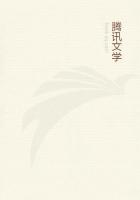The Line With reference to the whaling scene shortly to be described, as well as for the better understanding of all similar scenes elsewhere presented, I have here to speak of the magical, sometimes horrible whale-line.
The line originally used in the fishery was of the best hemp, slightly vapored with tar, not impregnated with it, as in the case of ordinary ropes; for while tar, as ordinarily used, makes the hemp more pliable to the rope-maker, and also renders the rope itself more convenient to the sailor for common ship use; yet, not only would the ordinary quantity too much stiffen the whale-line for the close coiling to which it must be subjected; but as most seamen are beginning to learn, tar in general by no means adds to the rope's durability or strength, however much it may give it compactness and gloss.
Of late years the Manilla rope has in the American fishery almost entirely superseded hemp as a material for whale-lines; for, though not so durable as hemp, it is stronger, and far more soft and elastic;and I will add (since there is an aesthetics in all things), is much more handsome and becoming to the boat, than hemp. Hemp is a dusky, dark fellow, a sort of Indian; but Manilla is as a golden-haired Circassian to behold.
The whale-line is only two thirds of an inch in thickness. At first sight, you would not think it so strong as it really is. By experiment its one and fifty yarns will each suspend a weight of one hundred and twenty pounds; so that the whole rope will bear a strain nearly equal to three tons. In length, the common sperm whale-line measures something over two hundred fathoms. Towards the stern of the boat it is spirally coiled away in the tub, not like the worm-pipe of a still though, but so as to form one round, cheese-shaped mass of densely bedded "sheaves," or layers of concentric spiralizations, without any hollow but the "heart," or minute vertical tube formed at the axis of the cheese. As the least tangle or kink in the coiling would, in running out, infallibly take somebody's arm, leg, or entire body off, the utmost precaution is used in stowing the line in its tub. Some harpooneers will consume almost an entire morning in this business, carrying the line high aloft and then reeving it downwards through a block towards the tub, so as in the act of coiling to free it from all possible wrinkles and twists.
In the English boats two tubs are used instead of one; the same line being continuously coiled in both tubs. There is some advantage in this; because these twin-tubs being so small they fit more readily into the boat, and do not strain it so much; whereas, the American tub, nearly three feet in diameter and of proportionate depth, makes a rather bulky freight for a craft whose planks are but one-half inch in thickness; for the bottom of the whale-boat is like critical ice, which will bear up a considerable distributed weight, but not very much of a concentrated one. When the painted canvas cover is clapped on the American tubline, the boat looks as if it were pulling off with a prodigious great wedding-cake to present to the whales.















